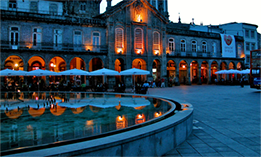
X
Nature, here, invites you to walk, to fish, to ride a bike, to go down the river in canoes or just to drive along the roads that connect the small villages of Minho.
We can suggest you different thematic routes that will help you plan the activities for each day of your stay.
If you prefer quieter moments, you can relax outdoors or lose yourself in a book in the cosy corner we have prepared for you.
Try the local food while visiting the several restaurants of the region. Eating and drinking well means hospitality and tasting the Minho gastronomy is an experience you would not like to miss.
If you have the time for it, it is worth crossing the borders of the district and visiting the nearby cities.
X

Braga
Founded as Bracara Augusta by the Romans and with more than 2000 years of history in continuous development and expansion, Braga is a city plenty of traditions and culture, where the past and religion go hand in hand with the university education and the technology industry. City of numerous epithets, Braga is known as the roman city, the baroque city, the archbishop city, the city of youth, the city of the three sacred mountains, the capital of the Minho region. We suggest a visit so that you find out why!
X
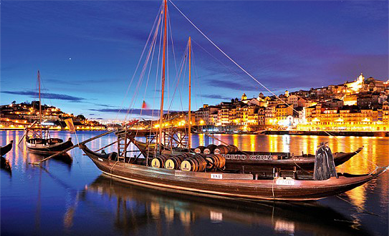
Porto
Situated on the right bank of the Douro River, Porto, the “Cidade Invicta” (invincible city), has a historic centre that preserves a strong identity that was moulded over the centuries and is reflected in the remarkable buildings and in the vitality of its inhabitants. In 1996 it was classified as a World Heritage Site by UNESCO and in the last years it has been acknowledged “best European destination”. By protecting its legacy, Porto has been able of reflecting itself in the future. It is certainly worth visiting so that you are able to discover all its treasures, enjoy the famous Port Wine and taste a “francesinha” or “tripas à moda do Porto”.
X
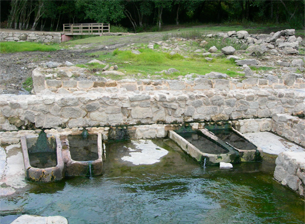
Lobios
Lobios is a small town in the neighbouring country that is famous for its hot spring. The river near it ensures a swim all year due to the pleasant water temperature. It has good accesses and the area is well-organised, so it delights entire families which look for it to relax.
X
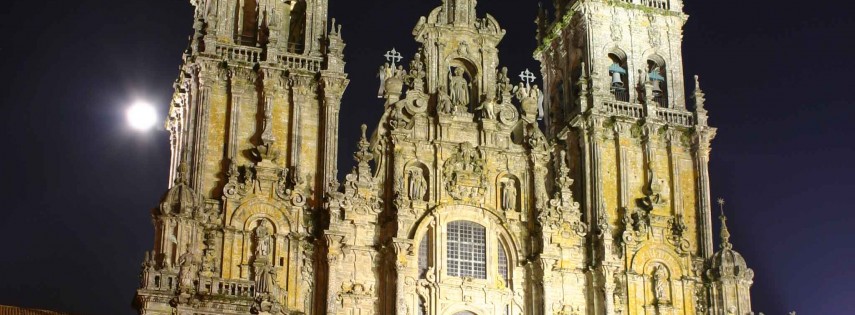
Santiago de Compostela
World Heritage Site for its multicultural character and for being the finish line of an ancient pilgrimage route: “the Way to Santiago”, the city, at first, it was only an access way near a Roman road, but when Apostle Santiago’s tomb was discovered in the 9th century, it became a place of worship. A romanic cathedral emerged and, through the times, added the sobriety of the Renaissance and the Baroque exuberance. The monumentality of the city is composed of the granite of its monasteries, pilgrim hospitals, churches, manor houses and the squares, where time has stopped.
X
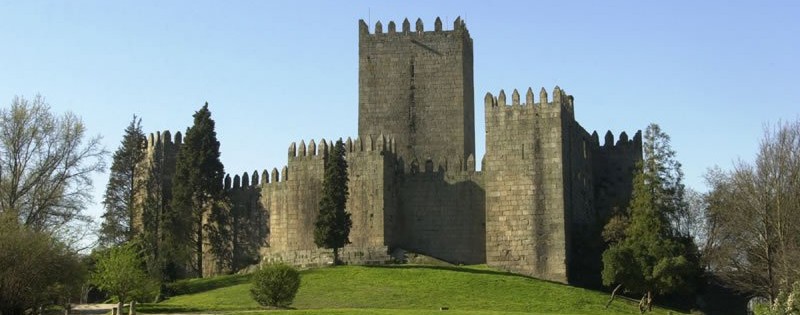
Guimarães
Located in Minho, Guimarães is a city with a glorious past, as its history is related to the establishment of the national identity and of the Portuguese language. In 2001, the old town of Guimarães was classified as a World Heritage Site by UNESCO. Feel free to discover its medieval urban environment, organized in a succession of squares of great formal value, with features of traditional construction.
